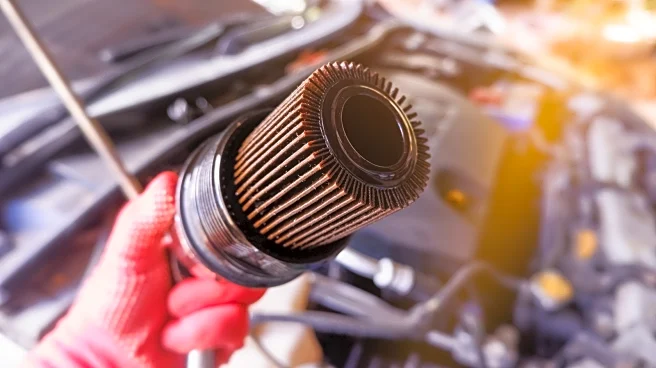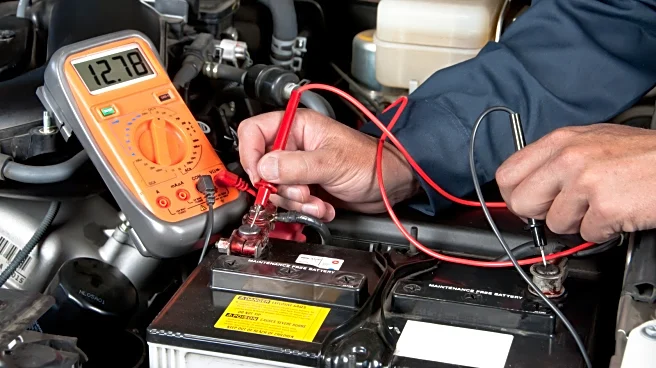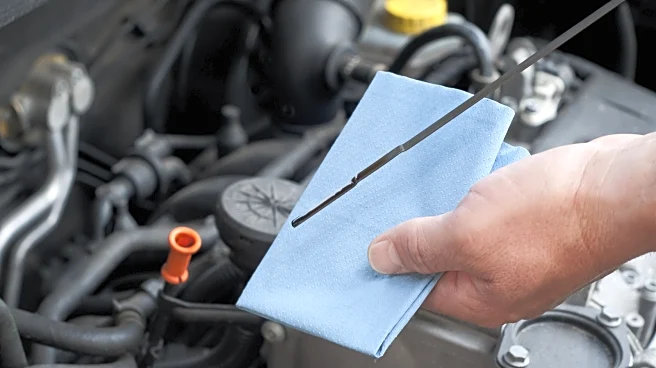
Power steering fluid is one of the most unassuming parts of your vehicle, and you'll appreciate it more once it's gone or depleted. It's then that you realize its importance and role in keeping steering effort light, as turning the wheel becomes a gym workout. Keeping a tab on your steering fluid is important, but the big question here is, how often should you check it? And how do you know when it needs to be changed?
While topping up your fluid should reduce your steering effort, you may also need
to replace it from time to time. Like any hydraulic fluid, it breaks down over time. The replacement frequency depends on your vehicle model and the type of product used. Most car owners' manuals mention fluid change intervals, but if not, then it's good practice to change it every 50,000 miles or five years. Of course, if your steering fluid is contaminated, you should change it pronto.
Read more: Save Your Engine: 5 Tips For Preventing And Cleaning Carbon Buildup
Hydraulic Fluid, The Magic Behind Power Steering

While carmakers are moving toward electronic power steering (EPS), most cars still use hydraulic models (and they're better off than some Teslas with EPS that are being investigated for sudden power steering failures). The power steering fluid lubricates the components of the system, but that's not all. Most importantly, it forms the hydraulic link between the steering wheel and front wheels, and its primary objective is to reduce the effort required to turn the steering wheel. In brief, power steering fluid is a hydraulic oil that is pressurized with the help of an engine-driven power steering pump. This pressurized fluid helps turn the front wheels, taking away most of the manual effort required to turn the steering wheel.
Over time, the power steering fluid gets contaminated and loses its viscosity. Running contaminated fluid puts undue stress on your power steering pump and, if not taken care of, could lead to costly repairs. You should be thankful, though — at least your power steering doesn't damage your engine like the Lancia Gamma. If you don't replace the power steering fluid within the specified intervals, or if the levels are low, it could wear out power steering parts due to excessive friction or corrode internal pieces, leaving metal shavings floating around in the fluid. This is a good reason to do a power steering flush before adding fresh oil. It costs around $100 to $200 to get done professionally.
When Should You Change Your Power Steering Fluid?

Besides the recommended intervals, there are a few indicators to let you know it's time to change your car's power steering fluid. The steering wheel is the best indicator. If it feels harder to steer than usual, or if it takes time to respond to inputs, you should check your oil levels. Listen to any unusual sounds, like a whining noise while taking turns, as this is mostly due to the presence of contaminated fluid in the power steering system. You should also check the power steering fluid itself — it should be bright red. If it looks dark or emits a burnt smell, it's probably contaminated.
Besides a power steering fluid check, it's a good idea to check other parts of your power steering system. Check the power steering lines for leakage, which depletes steering fluid and can lead to excessive wear and tear. You should also examine the power steering pump's belt and ensure that it's not frayed or worn out. Also keep an ear out for recall news, such as the National Highway Traffic Safety Administration (NHTSA) investigating over 1 million Ram 1500 pickups for faulty power steering units.
Want more like this? Join the Jalopnik newsletter to get the latest auto news sent straight to your inbox...
Read the original article on Jalopnik.












